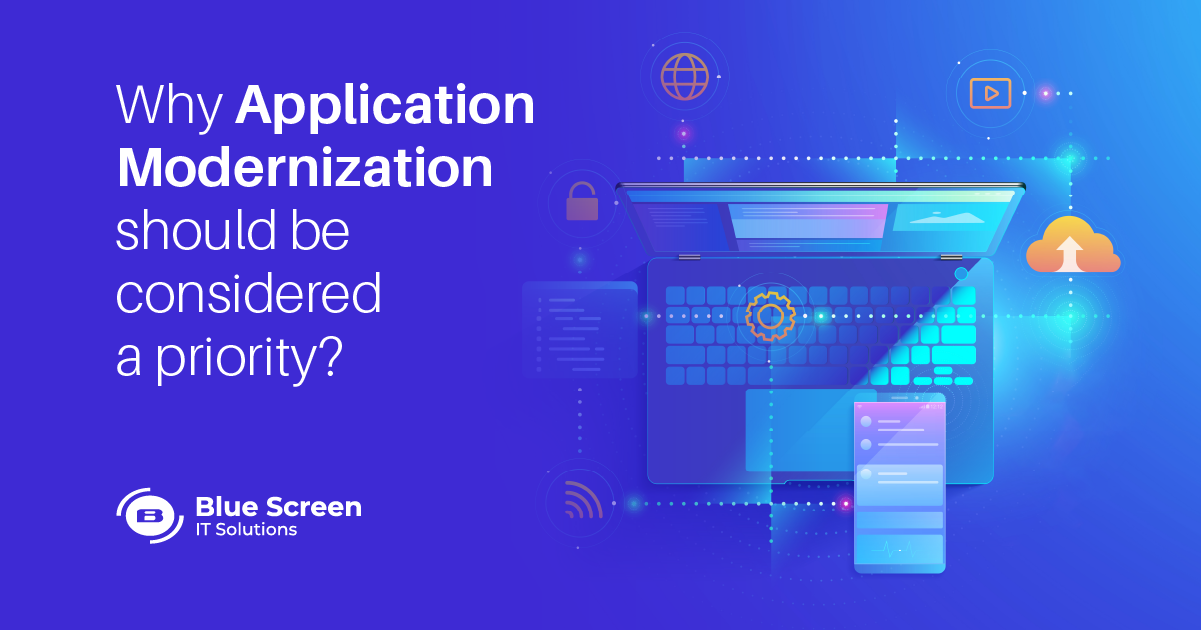Turning legacy applications into cloud-based is one of the best decisions for every company. There are many ways to do it, but on what concerns application modernization, it’s important to get the formula right.
The use of the cloud has opened doors to endless opportunities for businesses of all sizes. However, according to an IDC report, “many organizations are still running monolithic, antiquated systems that are rigid and fail to deliver on the digital business needs of today”. It’s key to transform current systems and infrastructure to gain agility, deliver better value and get increased results.
What do we mean by application modernization?
Let’s start from the beginning. Application modernization is no more than the practice of updating older software for newer computing approaches, including languages, frameworks and infrastructure platforms. And so, you may ask “are you talking about legacy modernization or legacy application modernization?” In fact, yes, it is all the same. Legacy Modernization gives your organization’s apps a sort of a new life.
Some studies indicate that 88% of IT leaders agree that modernized IT systems are critical to meet emerging business needs, while 80% believe that not modernizing IT systems will negatively impact the long-term growth of their organization.
But application modernization is much more than new interfaces and technology. It’s about seeing intentions and goals in a new light that can help companies better serve their stakeholders, from customers to employees and partners. And that must be the starting point of any project.
Why should you invest in application modernization?
Businesses of all sizes must address challenges from pandemic restrictions to cybersecurity threats, lack of tech talents and aging systems. And the fact is that all of them need to be overcome in order to stay ahead in the current digital world. So, we leave you some good reasons to invest in application modernization:
#1 Security
Cybercrime is growing fast! If you’re not using the most up-to-date applications across your organization, all your corporate data may be at risk.
#2 Compliance
Compliance with current and always changing standards and rules is another major reason to modernize your applications. Be careful and don’t expose your company or your clients to avoidable risks.
#3 Data Integration
Attempting to collect data from outdated software will turn into a huge nightmare. The fact is that data integration and extraction are powerful forces for launching new initiatives, but legacy applications may be holding back all your strategy.
#4 Innovation
Failing to modernize applications has a major impact on the future and competitiveness of any company. And it must be customized as not everything that is good to your neighbor will do the same to you.
…. And how should you do it?
According to IDC, your organization needs the following steps:
• Establish metrics that measure the effectiveness of your modernization program
• Build your business case for modernizing enterprise applications
• Establish a process for modernizing enterprise applications
• Create a roadmap
• Evaluate vendors for fit
Though there are many approaches for legacy application modernization, your organization must choose the one that better fits the business and strategic priorities. Blue Screen has the skills, experience and technology to help you plan and implement the right strategy. Talk to us! We will be more than happy to help.

